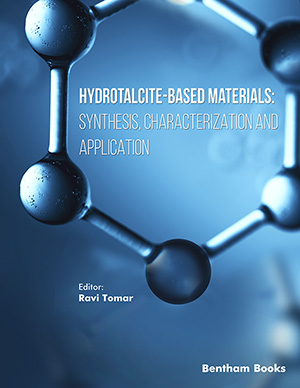
Abstract
Background: With cases of emergence of drug resistance to the current competitive inhibitors of neuraminidase (NA) such as oseltamivir and zanamavir, there is a present need for an alternative approach in the treatment of avian influenza. With this in view, some flavones and chalcones were designed based on quercetin, the most active naturally occurring noncompetitive inhibitor.
Objective: We attempt to understand the binding of quercetin to H5N1-NA, and synthetic analogs of quercetin namely flavones and its precursors the chalcones using computational tools.
Methods: Molecular docking was done using Libdock. Molecular dynamics (MD) simulations were performed using Amber14. We synthesized the two compounds; their structures were confirmed by infrared spectroscopy, 1H-NMR, and mass spectrometry. These molecules were then tested for H5N1-NA inhibition and kinetics of inhibition.
Results: Molecular docking studies yielded two compounds i.e., 4’-methoxyflavone and 2’-hydroxy-4-methoxychalcone, as promising leads which identified them as binders of the 150-cavity of NA. Furthermore, MD simulation studies revealed that quercetin and the two compounds bind and hold the 150 loop in its open conformation, which ultimately perturbs the binding of sialic acid in the catalytic site. Estimation of the free energy of binding by MM-PBSA portrays quercetin as more potent than chalcone and flavone. These molecules were then determined as non-competitive inhibitors from the Lineweaver-Burk plots rendered from the enzyme kinetic studies.
Conclusion: We conclude that non-competitive type of inhibition, as shown in this study, can serve as an effective method to block NA and evade the currently seen drug resistance.
Keywords: Docking, enzyme kinetics, H5N1, MM-PBSA, molecular dynamics, neuraminidase, noncompetitive inhibitor.
 70
70 3
3 1
1 1
1



























